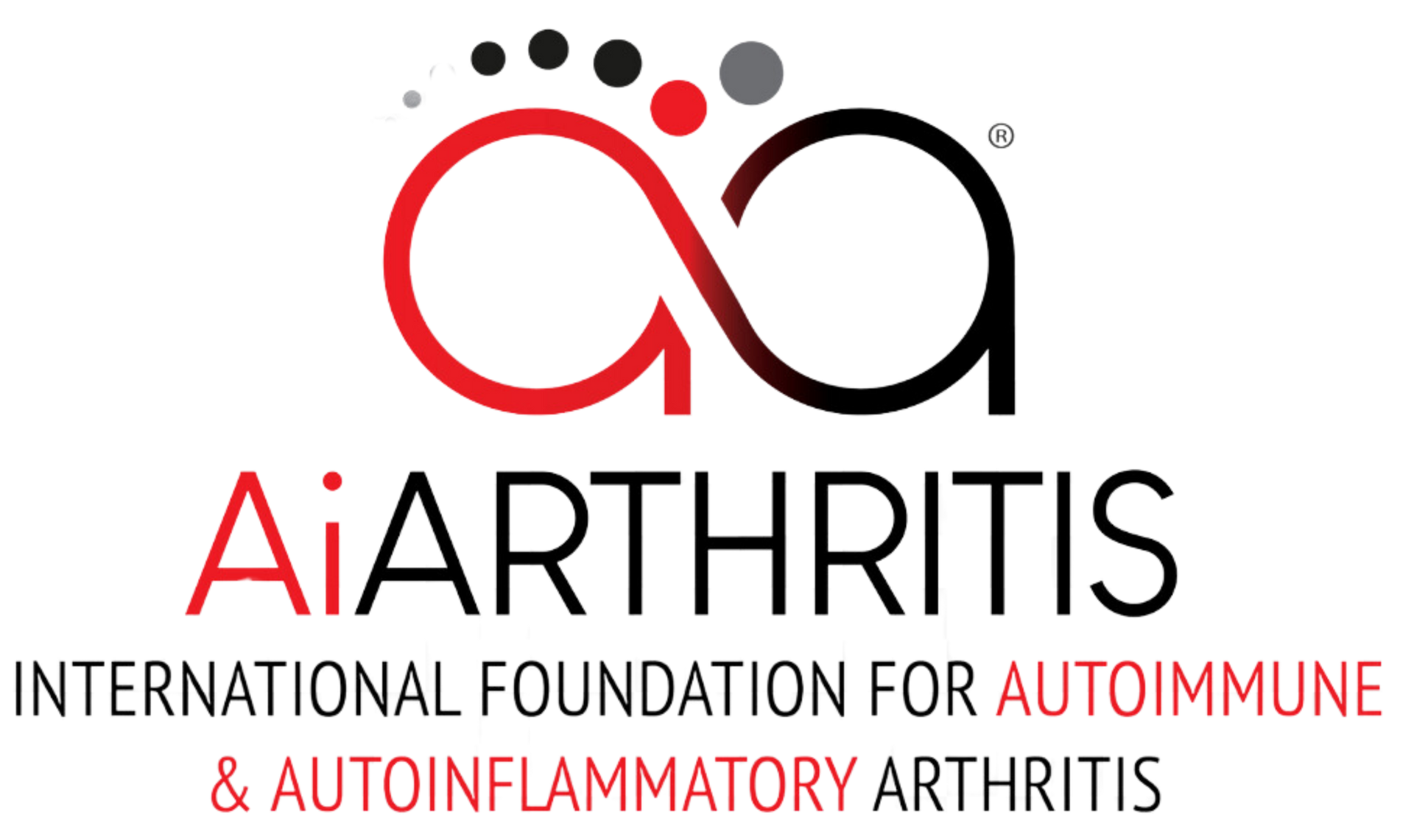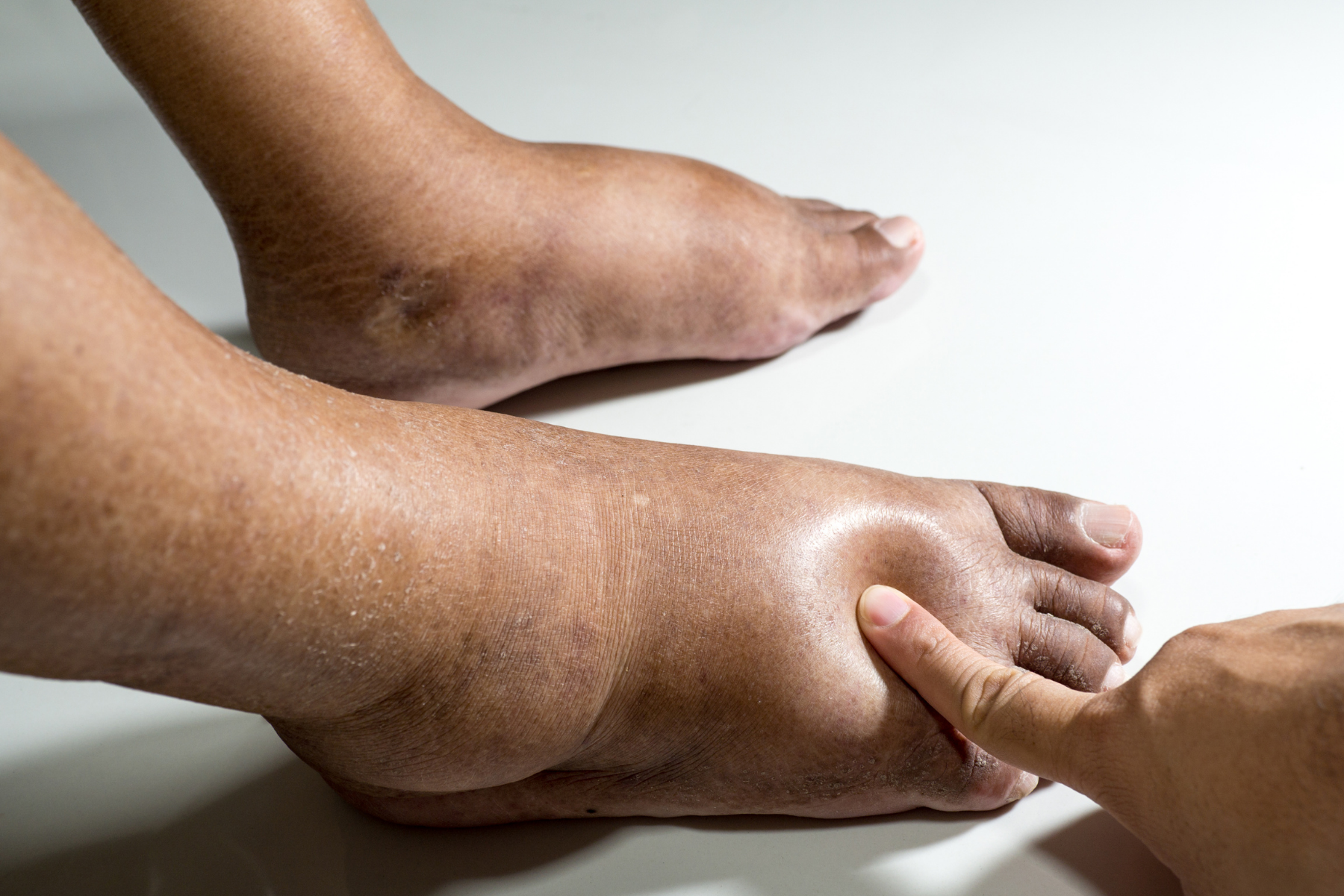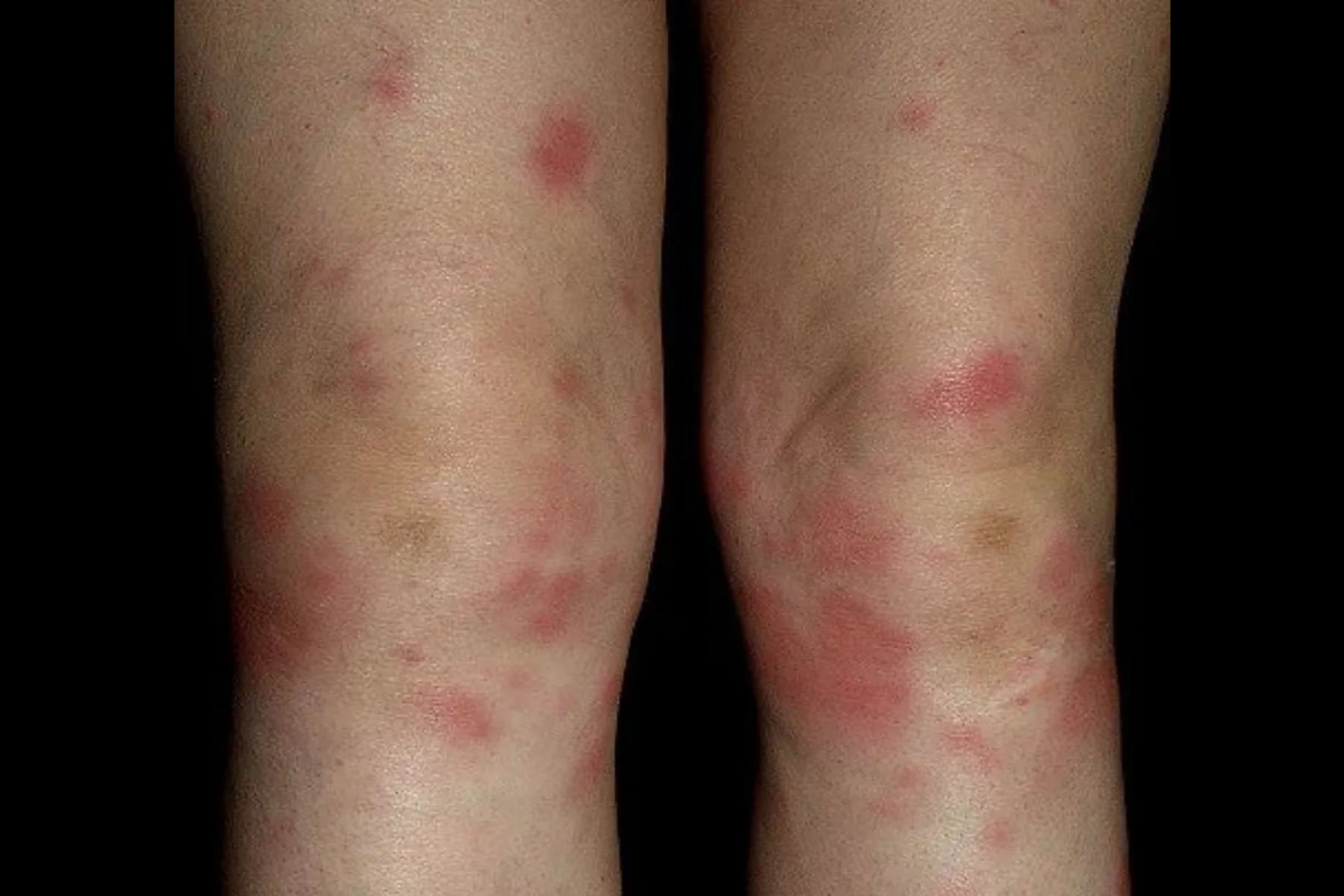Sarcoidosis
How to pronounce it: Sarcoidosis - saar-koy-doe-sis
AiArthritis defines Sarcoidosis as:
Sarcoidosis is an inflammatory disease characterized by the formation of sarcoid granulomas—tiny clumps of inflammatory cells—in one or more organs of the body. When the immune system goes into overdrive and too many of these clumps form, they can interfere with an organ’s structure and function. When left unchecked, chronic inflammation can lead to fibrosis, which is the permanent scarring of organ tissue. This disorder affects the lungs or lymph nodes in approximately 90% of cases, but it can affect almost any organ in the body.
Symptoms & Characteristics
Common in All AiArthritis Diseases
Flares: Periods of worsening symptoms are called flares. A flare can last for hours, days, weeks, or months.
Physical Activity: Condition improves with activity and exercise and worsens with rest.
Comorbidities: When inflammation is left uncontrolled due to lack of proper treatment, comorbidities can develop. 70% of patients with chronic, lifelong disease will develop comorbidities, including dual or triple diagnoses.
Family History:
Autoimmune diseases often run in families, indicating a potential genetic predisposition where that gene can cause disease. Autoinflammatory diseases can occur multiple times in a family, but is based off of genetic mutation. It is not a gene that causes the disease— but a mutation on the gene that can cause the disease which can then be passed on to the next generation.
"Auto" Symptoms
Fatigue: Severe fatigue or exhaustion that may not be helped by caffeine/stimulants and can happen even after a long period of rest.
Cognitive Dysfunction: Brain fog or periods of time where thinking gets clouded and it becomes difficult to concentrate.
Flu-like symptoms: Without having the flu- nausea, muscle weakness, and general malaise.
Fever: Typically low grade in autoimmune (with exception of juvenile idiopathic arthritis) and higher grade in autoinflammatory (% strongly varies per disease).
Reference: Early Symptoms of AiArthritis Study, AiArthritis, 2019.
Inflammatory Arthritis Symptoms
Stiffness: Severe stiffness in one or more joints, especially in the morning or after sitting for long periods of time.
Joint Pain: Episodes of joint pain that may last for hours, days, or even weeks, that can appear and disappear suddenly. Often described as “jumping pain” into different locations.
Typically the joint pain will coincide with one or more “Auto” symptoms and start and stop suddenly - for no apparent reason (which is called a "flare"). Some people will experience all of the above symptoms, others only a few.
If you have any of the arthritis features, and at least one of the “Auto” features, please consult your physician about a referral to a specialist.
Symptoms Often Associated with Sarcoidosis
- Lung involvement: shortness of breath, wheezing, chronic cough
- Night sweats
- Irregular heart beat
- Swollen legs
- Vision and eye issues (pain, redness, burning)
- Discoloration and rash
- Sensitivity to light
- Enlarged lymph nodes
- Erythema nodosum:
raised, red, and tender bumps to form on the skin, usually on the front of the legs
Diagnosing Sarcoidosis
There’s no single test that can confirm a sarcoidosis diagnosis, so rheumatologists use a combination of physical exams (including pulmonary function tests), blood tests, and imaging like chest CT scans or X-rays. Family history of autoimmune or autoinflammatory diseases is also considered.
For a more definitive diagnosis, a biopsy of the skin, lymph nodes, or lungs is often required to check for granulomas (a hallmark of sarcoidosis). A test called the Kveim-Siltzbach skin test can also be used, though it is not commonly used in the United States.
While American College of Rheumatology (ACR) and European Alliance of Associations for Rheumatology (EULAR) guidelines do not have a specific classification system for sarcoidosis, they offer recommendations for managing the disease, particularly when sarcoidosis overlaps with other autoimmune or inflammatory conditions. These guidelines highlight the importance of multisystem evaluation and proper diagnostic methods, ensuring that symptoms are accurately attributed to sarcoidosis and not other similar conditions.
Sarcoidosis Treatment Options
Treatment OptionsTreatments are tailored to each individual's disease, but visit our Treatment Options page to learn more about the different types of treatments that are used for Sarcoidosis
What Fellow Sarcoidosis Patients Want You to Know
Submit YOUR Advice- Sarcoidosis can affect anyone of any age, race, or other demographic., but it has a higher incidence among people of color, especially African American women.
- Sarcoidosis affects the lungs & lymph nodes in 90% of patients but can affect just about any organ or system
- Sarcoidosis – especially pulmonary sarcoidosis – is often misdiagnosed as cancer … but this disease is so much more than just “not cancer.” It can still be a lifelong, life-altering condition, so patients need empathy and support.
- It is crucial to find doctors (you’ll need more than one) who truly understand this disease. Ideally, they should be willing to communicate with each other to offer multidisciplinary care for this multi-system condition.
Interesting Facts about Sarcoidosis
- Sarcoidosis was first described in the late 19th century by dermatologist Jonathan Hutchinson. He reported a case of a patient with skin lesions, and later, doctors discovered that sarcoidosis could affect almost every organ, especially the lungs.
- Sarcoidosis is often referred to as a “snowflake disease” because no two cases are exactly alike. The disease can present with a wide range of symptoms and severity, making each patient’s experience unique.
Sarcoidosis Awareness Days/Months
- World Autoimmune and Autoinflammatory Arthritis Day - May 20th
- Sarcoidosis Awareness Month - April
- Autoinflammatory Awareness Month - August
- Rheumatic Disease Awareness Month - September
- Pain Awareness Month - September
- Chronic Disease Awareness Day - July 10th
- Invisible Disabilities Week - 3rd full week of October
Other Sarcoidosis Resources
AiArthritis Resources- Foundation for Sarcoidosis Research
- Life and Breath Foundation
- Sarcoidosis Research Institute
- Arthritis Foundation
- Versus Arthritis
- Arthritis Society Canada
- Autoimmune Association
- Arthritis Australia
- Arthritis Research Canada
- American College of Rheumatology
- Rheumatology Research Foundation
- CreakyJoints
In an effort to ensure this page has the most accurate and up-to-date information, this page is currently awaiting medical review. Some information is subject to change.
Page Last Updated: 10/24/2024




